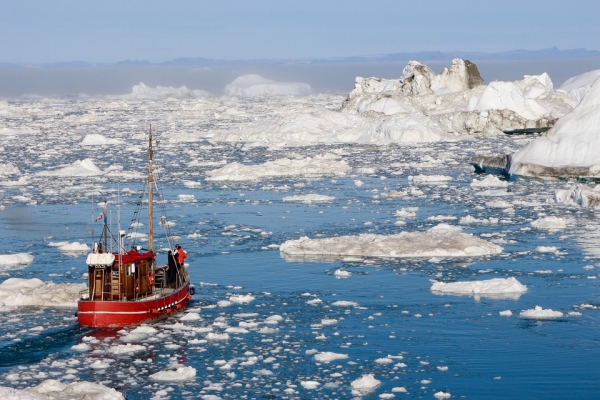Rising sea levels from melting glaciers and ice sheets pose an increasing threat to coastal communities worldwide. A new analysis of high-resolution satellite observations takes a major step forward in assessing this risk by confirming theoretical predictions and computational models of sea-level changes used to forecast climate-change-driven impacts.
“Using sea-surface-height observations from satellites, in the way we have, independently verifies observations of Arctic and Greenland ice-mass loss and allows us to tease apart contributions to global sea-level rise from individual ice sheets and glacier systems," said Sophie Coulson, a postdoctoral researcher in fluid dynamics and geophysics at Los Alamos National Laboratory. Coulson is lead author of a paper in the journal Science on detecting the “fingerprint” of sea-level change attributable to the melting of the Greenland ice sheet. “Accurately predicting regional patterns of sea-level change is absolutely central to understanding the impacts of future climate change and forecasting hazards.”
Theoretical models and computer simulations can predict sea-level changes as ice sheets and glaciers melt.
“As this melting continues, and the water is redistributed around the global oceans, sea level does not rise uniformly,” Coulson said. “And since every glacier and ice sheet has a unique pattern of sea-level change, these patterns have come to be known as sea-level fingerprints. But despite over half a century of research, these fingerprints have never been unambiguously detected.”
Read more at DOE/Los Alamos National Laboratory
Photo Credit: SarahNic via Pixabay


